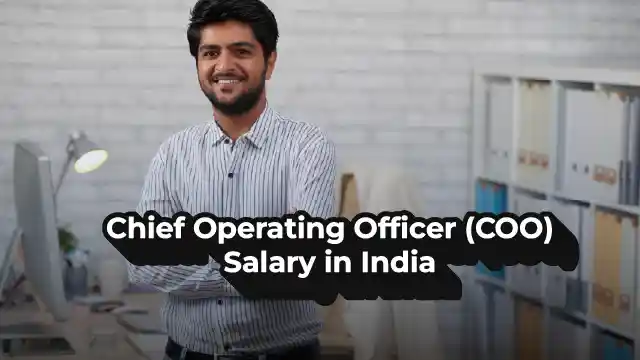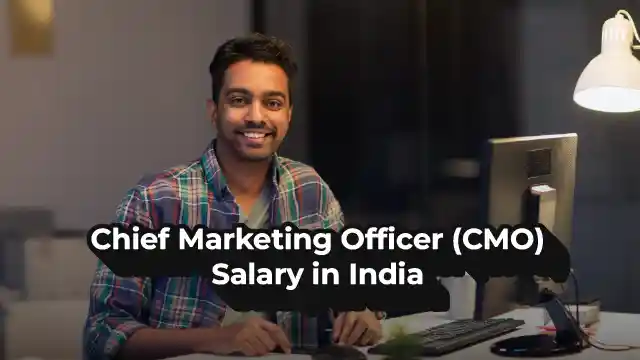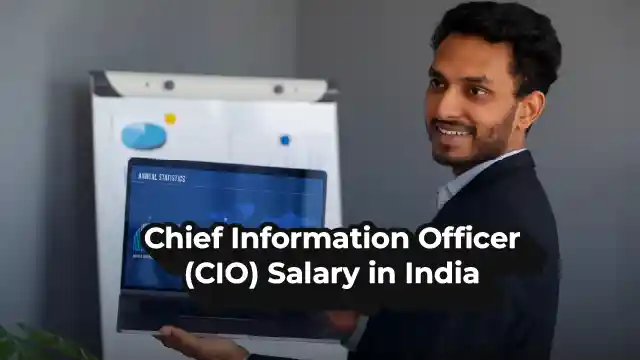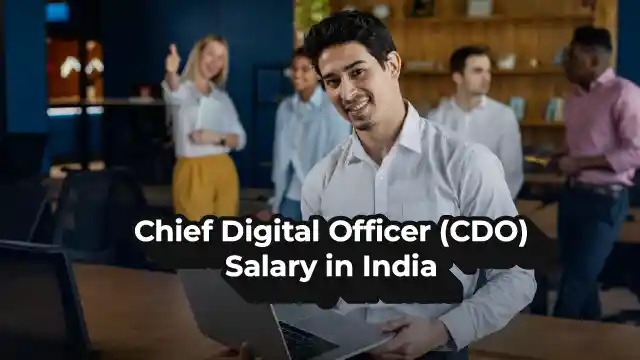Why Does it Matter for Long-Term Business Success?
Every business reaches crossroads that require more than instinct. Strategic decision making equips you to face such moments with clarity. It helps align your actions with long-term goals, adjust to market shifts, and build a competitive advantage. Most importantly, it allows you to prepare, not just react.
Key Characteristics of Strategic Decisions
Unlike routine managerial tasks or short-term operational calls, strategic decisions influence the long arc of a business. They involve a degree of risk, demand significant resources, and often determine whether your business remains relevant in a changing marketplace. Here’s a deeper look at what sets strategic decisions apart:
1. Long-Term Impact
Strategic decisions are future-facing. They are not taken to resolve immediate issues but to define where the business is headed over the next 3, 5, or even 10 years. Whether it’s launching a new product line, expanding into international markets, or acquiring a competitor, such decisions create ripple effects that influence branding, customer base, revenues, and operational structures.
2. Involves Uncertainty and Complexity
These decisions are rarely black and white. They often involve high ambiguity due to evolving customer preferences, economic shifts, competitor behaviour, and regulatory changes. Scenario planning, market simulations, and risk analysis become crucial here, as does the leader’s judgement under pressure.
3. Requires Significant Resource Allocation
Strategic decisions typically involve large financial outlays, manpower commitments, or infrastructural investments. The consequences of getting it wrong can be steep, which is why these decisions often involve board-level approvals or stakeholder buy-in.
4. Aligns with Organisational Goals
Perhaps most importantly, strategic decisions must align with the broader vision and mission of the business. Any decision that strays from this, no matter how financially lucrative, risks diluting the brand or confusing stakeholders. Strategic clarity ensures that all departments are rowing in the same direction.
Strategic vs Operational Decision Making
To build a resilient business, you need strategic and operational decision-making capabilities, but they function differently. Let's take a look at them below:
| Criteria |
Strategic Decision Making |
Operational Decision Making |
| Scope |
Organisation-wide, long-term |
Departmental, short-to-medium term |
| Frequency |
Infrequent |
Routine or periodic |
| Impact |
High, affects long-term direction |
Immediate impact on efficiency and output |
| Examples |
Expanding into a new country, acquiring a competitor |
Choosing a supplier, scheduling shifts |
The Strategic Decision-Making Process
Good decisions are rarely born from guesswork. A methodical strategic decision-making process allows leaders to balance vision with execution, which includes:
- Problem Identification: Define the root issue, e.g., stagnating growth or rising attrition.
- Goal Setting: Establish measurable goals, such as increasing market share by 20% in 2 years.
- Gathering Relevant Data: Use internal reports, market research, and economic forecasts.
- Evaluating Alternatives: Consider multiple paths, weighing cost, impact, and feasibility.
- Making the Decision: Choose the best-fit path based on your business priorities and risk appetite.
- Implementation: Allocate resources and assign ownership to drive the strategy forward.
- Monitoring and Evaluation: Track KPIs regularly and be agile enough to tweak the course if needed.
Tools and Frameworks Used
While intuition plays a role, structured tools ground your choices in facts. Take a look at some of these tools below:
- SWOT Analysis: Assess your Strengths, Weaknesses, Opportunities, and Threats before committing.
- PESTLE Analysis: Examine Political, Economic, Social, Technological, Legal, and Environmental factors affecting your move.
- Porter’s Five Forces: Understand industry competitiveness to anticipate profitability barriers.
- Decision Matrix: Score each alternative based on weighted criteria for objective comparisons.
- Scenario Planning: Develop “what if” models for best-, worst-, and most-likely case outcomes.
D&O Insurance: The Invisible Armour for Your Strategic Leadership
Bold decisions often come with risk; not just financial but personal. That’s where Directors & Officers Insurance becomes essential. Here's why:
- Personal Liability Shield: Strategic errors can trigger shareholder lawsuits or regulatory scrutiny. D&O insurance protects directors from personal liability.
- Covers Defence and Legal Costs: Whether it’s SEBI investigations or customer litigation, legal defence is covered.
- Enables Risk-Taking: Leaders can make high-impact decisions without fear of personal ruin.
- Instils Stakeholder Confidence: Investors, employees, and board members trust a secure and prepared leadership.
Common Challenges in Strategic Decision Making
Even seasoned leaders face hurdles:
- Biases and Assumptions: Personal preferences, anchoring, or past experiences may cloud judgment.
- Incomplete or Misleading Data: Poor-quality insights can derail even the best-laid strategies.
- Resistance to Change: Teams may resist unfamiliar paths, even if necessary.
- Short-Term Pressure: Quarterly results or investor expectations can distract from long-term value creation.
How to Improve Strategic Decision-Making Skills?
Developing your ability to make strong strategic decisions isn’t just for CXOs or board members; it’s essential for any leader responsible for growth, risk, or innovation.
Here’s how you can build this vital skill set in your organisation:
1. Encourage Collaboration and Diverse Input
Strategic decisions improve dramatically when informed by multiple perspectives. Engage with key internal stakeholders across functions - finance, sales, marketing, compliance, and technology. This doesn’t just provide a holistic view of the situation, it also pre-empts blind spots.
For example, a procurement decision that seems optimal on cost may conflict with brand perception or compliance. Inviting inputs from marketing and legal in such cases leads to more robust, sustainable choices.
2. Invest in Leadership Training
Decision-making is not a soft skill - it’s a business discipline. Indian businesses are increasingly offering leadership programmes and global certifications like PMI or CCL, which include modules on critical thinking, strategic planning, and cognitive bias management.
These training programmes improve judgement under pressure and teach decision frameworks such as the OODA loop (Observe, Orient, Decide, Act) or Cynefin Framework for complex decision environments. Mid- and senior-level leaders benefit from regular upskilling through simulation exercises and decision labs.
3. Use Data and Forecasting Tools
Gut feeling alone doesn’t cut it anymore. Access to real-time dashboards and business intelligence (BI) tools helps you evaluate trends and project outcomes before moving. Several tools help decision-makers see how different variables play out. Meanwhile, forecasting software lets you model scenarios (e.g., demand surges, supplier delays, or FX risks) and adjust your choices dynamically.
4. Create a Culture of Accountability and Learning
Strategic missteps are inevitable, but learning from them is optional. Businesses that treat every major decision as a learning opportunity eventually outperform others. Create formal mechanisms such as:
- Post-Mortems or After-Action Reviews Document what worked, what didn’t, and why. This builds organisational memory and prevents repeated mistakes.
- Decision Logs Maintain a record of strategic decisions, who made them, what inputs were used, and what outcomes followed. This helps connect cause and effect.
- Risk Reviews and Retrospectives Schedule periodic reviews of past decisions and their long-term effects. If a market expansion failed, was the problem in the entry strategy, pricing model, or local partnerships?
5. Build Psychological Safety
Making bold but necessary strategic calls in environments where failure is punished harshly is difficult. Creating psychological safety within leadership teams encourages people to express dissenting views or challenge flawed assumptions. Research by Google’s Project Aristotle revealed that psychological safety is among the most critical factors for high-performing teams. When team members feel safe disagreeing or admitting gaps in knowledge, strategic decisions become better informed and less risk-prone.
Conclusion
Strategic decision making is a skill that strengthens with practice, reflection, and the right tools. Businesses that master it stay agile, competitive, and prepared for the future. Whether it's navigating uncertainty or scaling growth, strong decisions create lasting impact.
At Policybazaar for Business, we empower organisations with risk solutions like D&O insurance, so leaders can act boldly, without hesitation. From protecting decision-makers to supporting long-term strategy, PBFB ensures you’re ready for what’s next.




















 Expert advice made easy
Expert advice made easy


